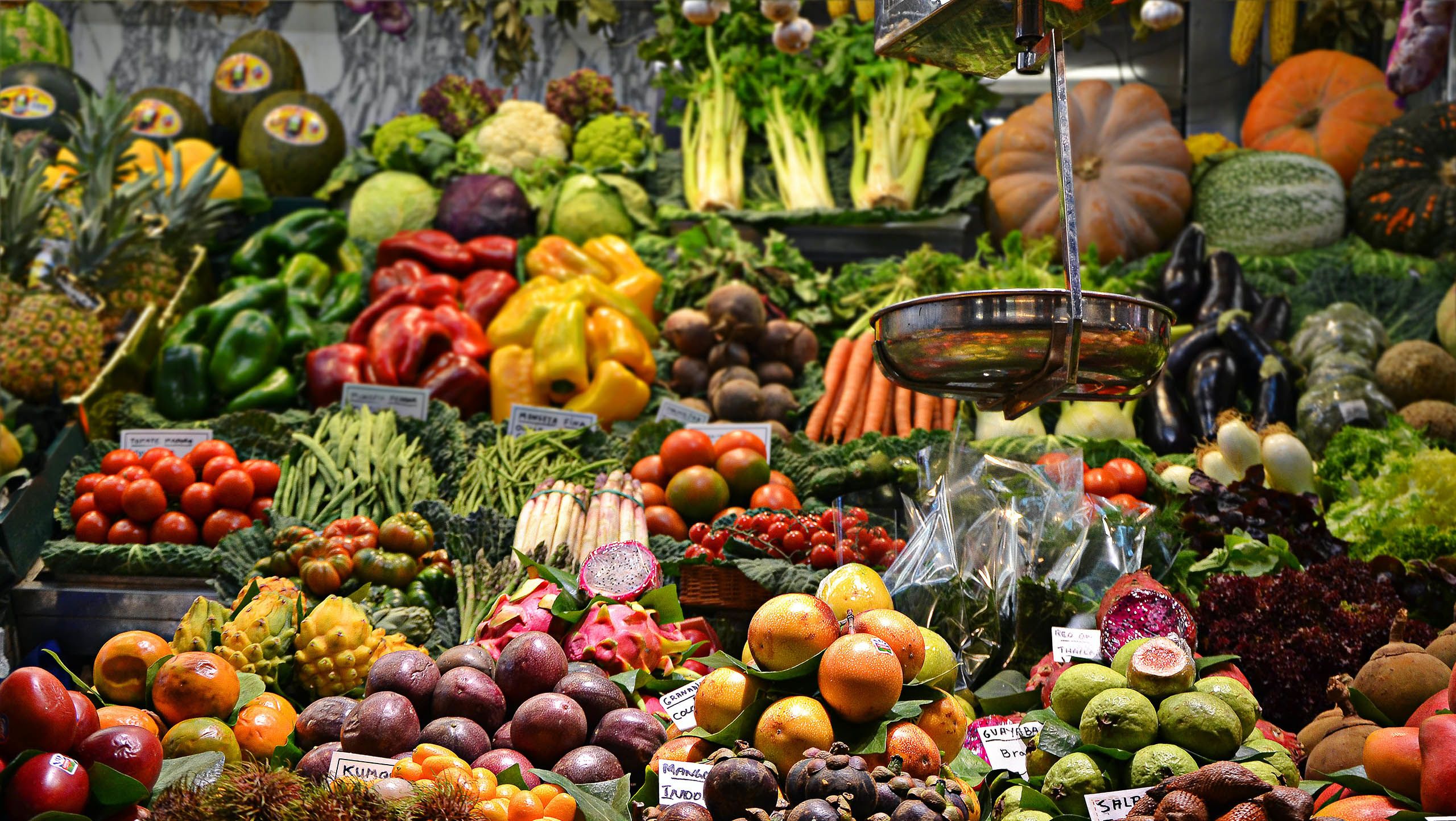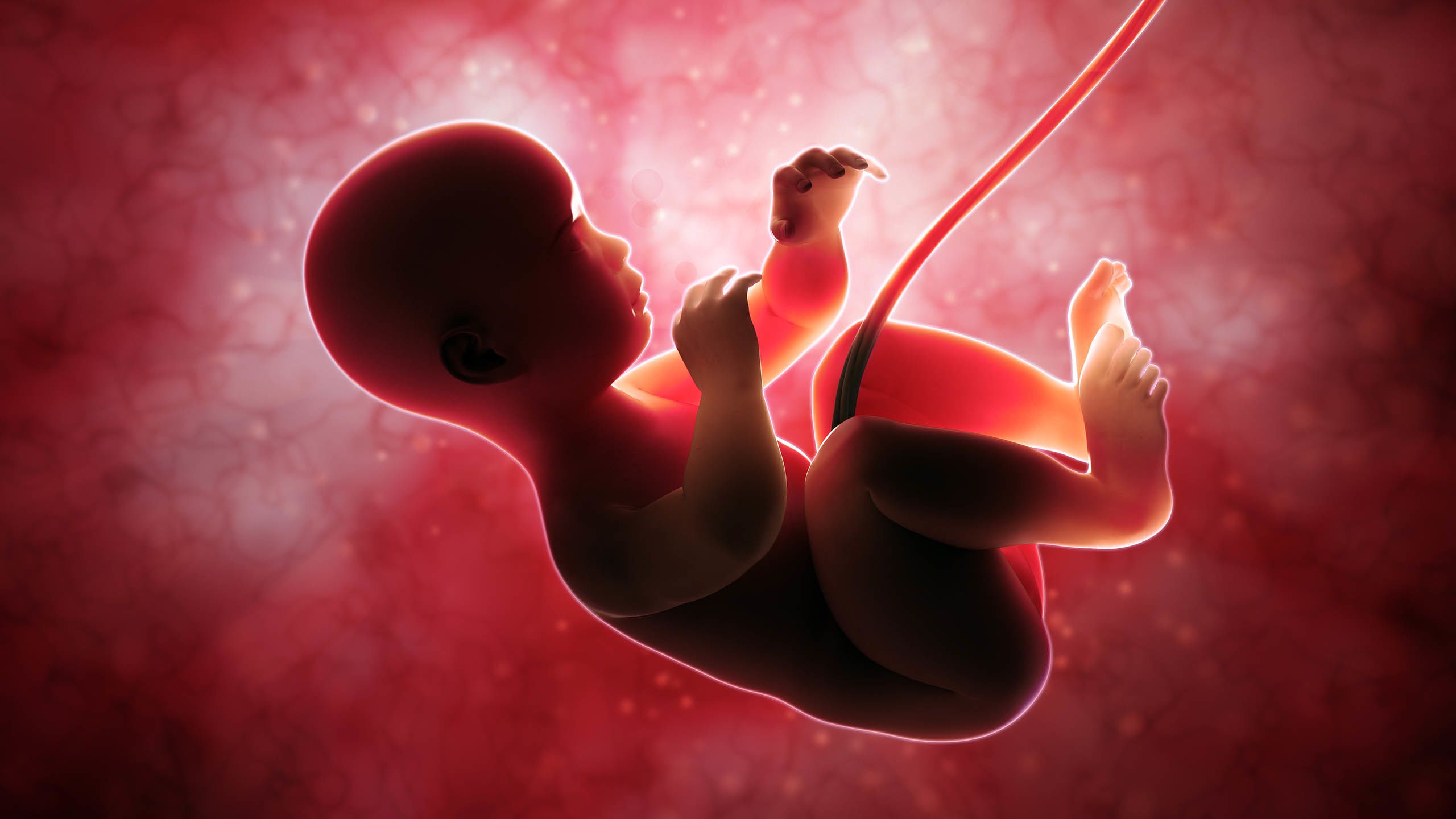A perfect recipe to make healthy future generations?
How our mothers’ diets affect our future health

From the very beginning of life, nutrition is at the heart of healthy future generations. Our first 1,000 days are paramount in ensuring a healthy start for all of us. Anvesha Mahendra explains why good nutrition is so important before conception and during pregnancy for women and their babies and their future health – and how understanding this better and its advocacy could be the key to many global public-health challenges.
What if I tell you that you and I were made by our mothers when they were in their grandmothers’ wombs? To add to that puzzle, I’ll also tell you that you’re not just what you eat but also what your mum and your grandma ate. What would you say?
There’s plenty of evidence to indicate that a mother’s diet, her lifestyle and the environment in her womb all have the power to influence two lifetimes – her own and that of her baby.
What I’m looking at is how a mother’s diet and lifestyle during pregnancy might help ensure a healthy start in life for her children. Working with Dr Michael Zulyniak, I’m studying how a mother’s nutrition is linked to her child’s health.
We’re using data from the Born in Bradford project. One of largest research studies in the world, Born in Bradford is tracking the health and wellbeing of over 13,500 children (and their parents) born at Bradford Royal Infirmary between March 2007 and December 2010.
Our research investigates how maternal diet, along with markers of metabolism and genetics, can predict the birthweight and ‘adiposity’ – the amount of body fat we each carry – in a new-born. Both will have an effect on the baby’s future health. As a nutritional epidemiologist, I strongly believe that investing in maternal nutrition can benefit many lifetimes.
We are what our grandmothers ate

Our life begins in the womb of our grandmother. Each of us spend five months in our grandmother’s womb as an egg forming within our own mother when she herself is still a foetus.
It was David Barker who first explained this in 1990, in the ‘Barker Hypothesis’: all the eggs a woman will ever carry in her ovaries form while she is a four-month old foetus. So if you want to calculate the age of the egg you started out as, take your mum’s date of birth and subtract about 20 weeks. Fascinating, isn’t it?
That’s why a mother’s diet, her lifestyle and the environment in her womb have such an influence on the future health of her baby.
To take diabetes as an example, many studies have indicated that adult diabetes actually has its origins when a baby has been poorly nourished during its early life during development as a foetus.
Being born small or big – that’s a birthweight lower than 2.5kg or higher than 4.5kg – can increase the risk not only of diabetes but also of heart disease, poor cognition, and a lower lifespan in adulthood.
This has been shown across the world: studies in Southampton in England and Mysore in India both show the same thing.
The period of preconception until the first 1,000 days of life are paramount in ensuring a healthy start for all.
My journey so far

To begin with my own childhood, I’m originally from Bangalore in South India. As a child, my parents encouraged me unconditionally to study what I love. The gift of a kitchen science kit from my mother first sparked my interest in nutrition, and that’s what I went on to study for both my Bachelor’s and Masters degrees.
It was during my Masters degree in Glasgow that I was introduced to the idea of how nutrition and development in the womb can affect a growing baby and their health throughout life, much more than anything else.
That same year, I wrote a report on the top five strategies and policies the British government should take to improve the nutritional health of the UK population. I addressed that report to the UK Health Minister, and it won me the prestigious ‘Caroline Walker Trust Award’. I’m very proud to have been the first Indian to do so.
These were important milestones for me. They encouraged me to go into a career in nutrition research around maternal and child health and public health policy. I became passionate about how maternal nutrition can impact many lifetimes.
Prioritising maternal and child health seems to me to be the key to managing many global public-health challenges”
I’ve disseminated my findings and the literature to health and medical professionals, hospital authorities, medical and city councils, food industries, the media, non-governmental organisations, corporates, communities and to the wider public.
“A mother’s diet, her lifestyle and the environment in her womb have the power to influence two lifetimes”

After my graduate studies, I wanted to get some practical experience. I went back to India, where I set up a clinical department specialising in maternal and child nutrition in a leading mother and child hospital in Bangalore.
In the antenatal clinics, I observed how commonly women develop diabetes during pregnancy.
Nearly one in three developed gestational diabetes mellitus (or GDM).
Apart from the size or birthweight of the baby, I saw for myself how different umbilical cords and placentas looked in mothers who develop diabetes during pregnancy. The surgical scissors slipped many times, when the obstetricians were cutting the umbilical cord of a woman with gestational diabetes. The cord was so much thicker than usual.
This was practical learning to me. It explained how long-lasting the structural and functional abnormalities arising from poor maternal nutrition are. My experience in the clinics gave me an in-depth understanding of maternal and child health problems – from gestational diabetes to low birthweight babies – and the central role of nutrition for managing these.
Telling a woman to eat well enough to nurture a baby, at the same time as maintaining her own blood sugar levels, can be a challenge. It’s a sort of a ‘nature versus nurture’ conflict. And there are so many pressures on pregnant women. So, during my time at the clinic, I also worked on reducing the usage of commercial nutrition products – and, as importantly, to restrict their marketing.
I wanted to explore all this further. For my doctoral research, I set up a study of 800 pregnant women in urban and rural Bangalore.
BANGLES – the BAngalore Nutrition Gestational diabetes LifEstyle Study – was the first of its kind in India. I was awarded the ‘Faculty for the Future’ grant (2015–19) of $150,000 by the Schlumberger Foundation (Netherlands), to pursue a split-site doctoral programme MRC Lifecourse Epidemiology Centre (MRC LEC) in Southampton.
During my doctoral research, I studied the peri-conceptional diet of women in Urban and Rural Bangalore, India and their blood micronutrient levels as risk factors of gestational diabetes.
My findings showed that pregnant women who ate a more diverse diet had a lower associated risk of developing diabetes during pregnancy.
This was the first time this had been examined within the context of the food culture of India.
Women who took iron supplements and had higher levels of ferritin had a higher associated risk, as did those with lower levels of vitamin D. But the strongest risk factor for GDM was women’s body mass index, a marker of higher levels of body fat.
It was notable that the women who ate more diverse diets were usually from higher socio-economic backgrounds. This adds to the evidence for national policies to make foods rich in micronutrients – including wholegrains, dairy, fruits and vegetables – more affordable. Iron’s role in GDM needs further investigation.
My findings indicate the need to cautiously review the current dosage of iron supplements (given to prevent and manage anaemia) in antenatal care in light of the increasing risks of very high iron in developing GDM.
Hope for the future

Now, here in Leeds, at Dr Michael Zulyniak’s lab, I’m looking at how maternal diet and markers of metabolism and genetics predict birthweight and adiposity in babies in the Born in Bradford study data.
GDM is an important public health problem affecting women across the world. It also increases the risk of babies being too small or too big at birth, which can further increase their risk of being overweight or developing diabetes as an adult.
In the UK, GDM affects 7 to 15% of pregnant women. In the many lower-to-middle-income countries (LMICs) – such as India, Vietnam, Nigeria or Brazil – that figure rises to 20 to 30%.
There are also differences across ethnicities: women of South Asian or African or Hispanic ethnicity, for example, are more at risk of GDM compared with women of European ethnicity.
GDM matters. It increases the risk of babies having poor growth and development. It leads to low (under 2.5 kg) or high (over 4.5kg) birthweights.
There’s growing evidence that it can put two generations – mother and child – at a higher risk of obesity and type 2 diabetes mellitus in later life. This sets up a vicious cycle: diabetes-begetting-diabetes.
And diabetes costs the NHS around £10 billion a year, according to NHS England – that’s about 10% of its entire budget!
Clearly, we need to investigate ways of preventing diabetes at a very early stage. And we need to understand more about what impact the environment each child is born into might have on its risk.
Nutrition before and during pregnancy is increasingly recognised as one important risk factor that we can modify. There’s evidence from around the world that diets higher in refined cereals, red and processed meat, fried and fast food, and sugary foods, including sweetened drinks, are associated with a higher risk of GDM. Diets containing more wholegrains, fruits, and vegetables, on the other hand, are associated with a lower risk.
However, setting up generalised strategies around diet and lifestyle does present challenges. All ethnic groups and populations vary – in ethnicity, adiposity and its distribution within the body, nutrient requirements and their metabolism, culture and food habits, and genetic predisposition to developing GDM or delivering an infant with a low or high birthweight.
“In the UK, gestational diabetes mellitus affects 7 to 15% of pregnant women”

In light of such complexity, my post-doctoral research with Dr Zulyniak is taking a multidisciplinary approach. It draws on data from various disciplines, not just epidemiology and nutrition, but also on metabolomics – the study of metabolites and genomics.
Our body makes metabolites when it breaks a substance down, whether that’s food, drugs, chemicals or its own tissue, such as fat or muscle. Metabolites reflect the interaction between our genes and our lifestyle. So they could provide an ideal means with which to evaluate the combined effect of a mother’s ethnicity and lifestyle on maternal and new-born health. They might act as biomarkers of what we eat.
In the future, they could help us to further understand the ways in which our diets prevent us from getting diseases. What’s more, they may enable us to understand the diet and nutritional needs of ethnically diverse populations.
Currently, there is a knowledge gap on how maternal diet, lifestyle and underlying metabolomics patterns can help us prevent GDM. I hope our research findings will shed light on those metabolic pathways that are most amenable to preventative lifestyle strategies.
These pathways might help us to design culturally and ethnicity-specific public-health interventions to prevent GDM, to optimise birthweight, and reduce levels of adiposity in children. Successful interventions of this kind are key to producing healthy future generations.
For the next generation

Global evidence indicates that access to nutritious food not only decreases the risk for obesity, diabetes and heart diseases: many COVID-19 hospitalisations might have been averted if we had metabolically healthy populations.
A healthy diet and lifestyle have the power to improve health, reduce healthcare spending – and produce a population better equipped to withstand the effects of COVID-19 and any future pandemics.
The pandemic has also highlighted the power of science and scientists in public health and the role global education and universities play in their training and innovation. I’m committed to seeing my research impact policy and public education, to improve the health of women and children globally.
A central part of the ten-year strategy at the University of Leeds is not only to make a positive difference in the world, but to support the next generation of global citizens and leaders.
How do we produce the next generation of innovators, those who will tackle global challenges of poverty, inequality, economic instability, global warming, and manage future pandemics? First, we need robust evidence on how to produce healthy future generations.
